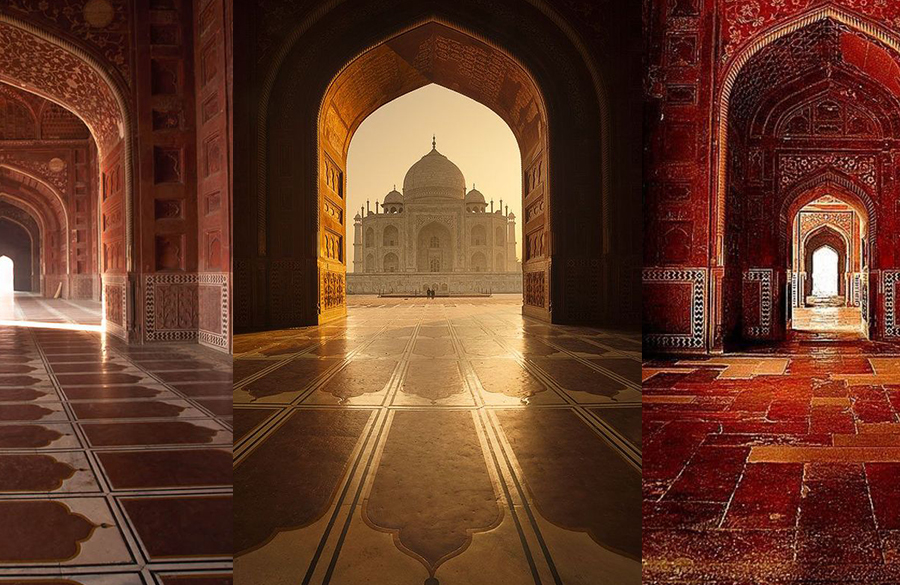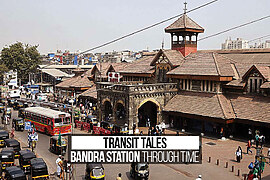In India, architecture has been influenced by many cultures. One such culture Indian structures are influenced by is Islam. Islamic architecture is characterized by simplicity and severity. Ornamentation was hardly seen in their buildings.
Embellishments have taken place as a geometric pattern and calligraphy in Indian structures has been seen in large numbers. Hindu architecture has been fused with the architecture of Islam. Islamic architecture includes elements like qibla, mirab, mimber, geometric and arabesque patterns, calligraphy, ablution areas, courtyards, minarets, arches and domes,
A few structures which display this architecture are as follows:
1. Jamali Kamali Mosque and Tomb, New Delhi | Indian Structures
Jamali Kamali Mosque was built by Sheikh Fazal in the year 1528-29 AD. It is considered to be one of the most beautiful mosques ever. The mosque was built under the reign of Babur. The Mosque displays features like a single dome and two aisles on both sides. The Pishtaq is projected and the small circular towers have calligraphic inscriptions from the Quran. These mosques were highly influenced by the architectural style of the Lodi era.
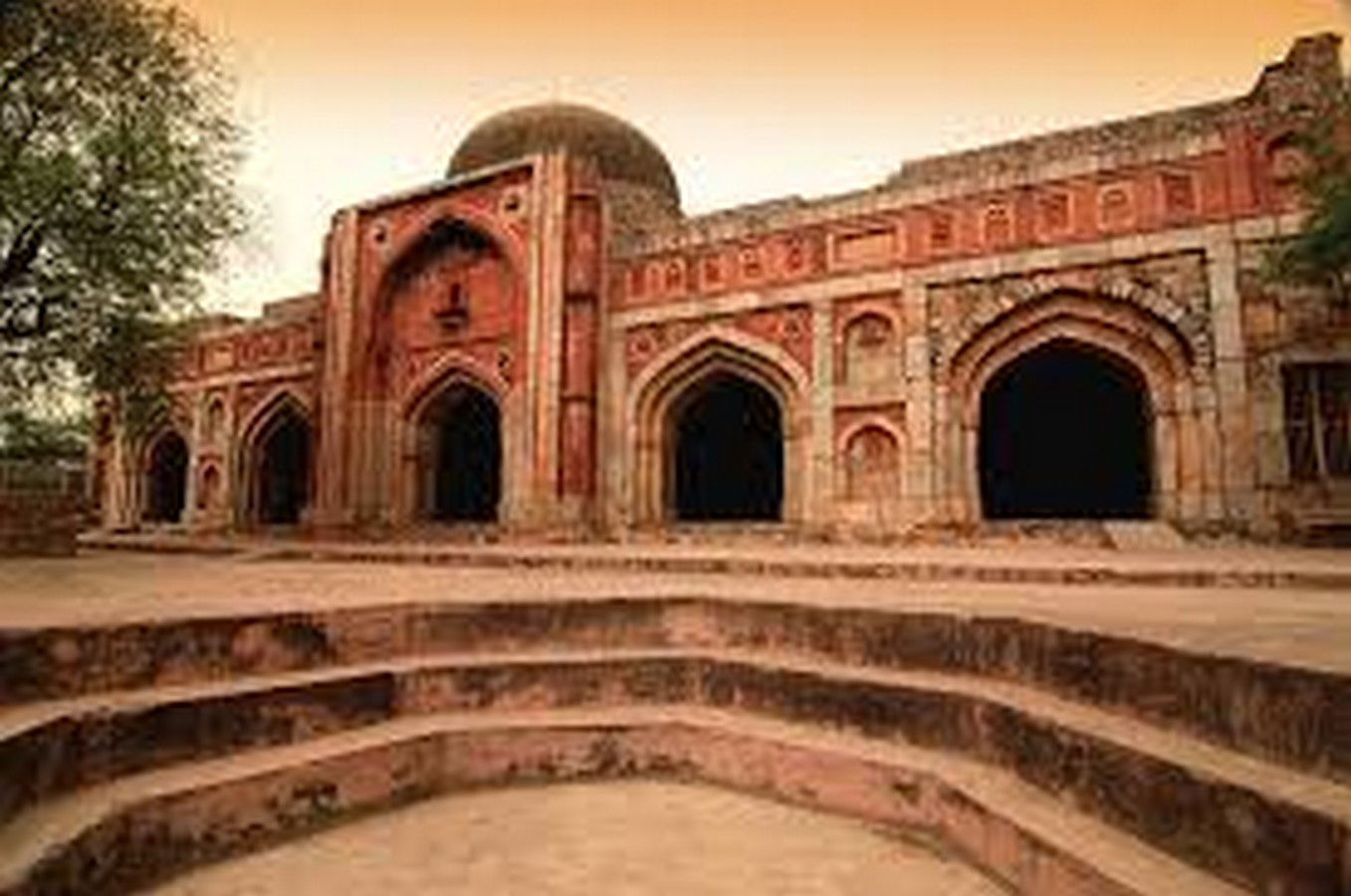
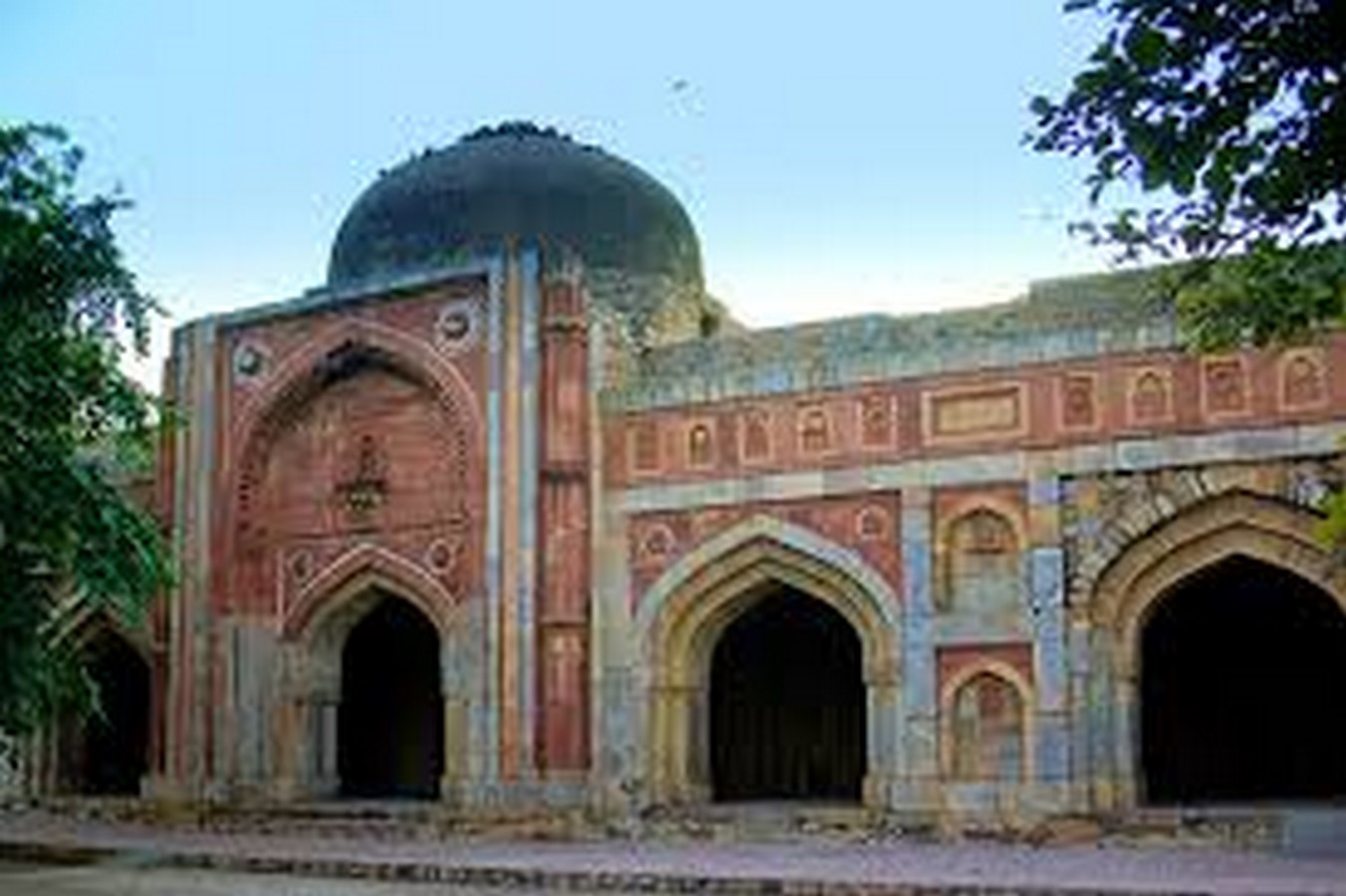
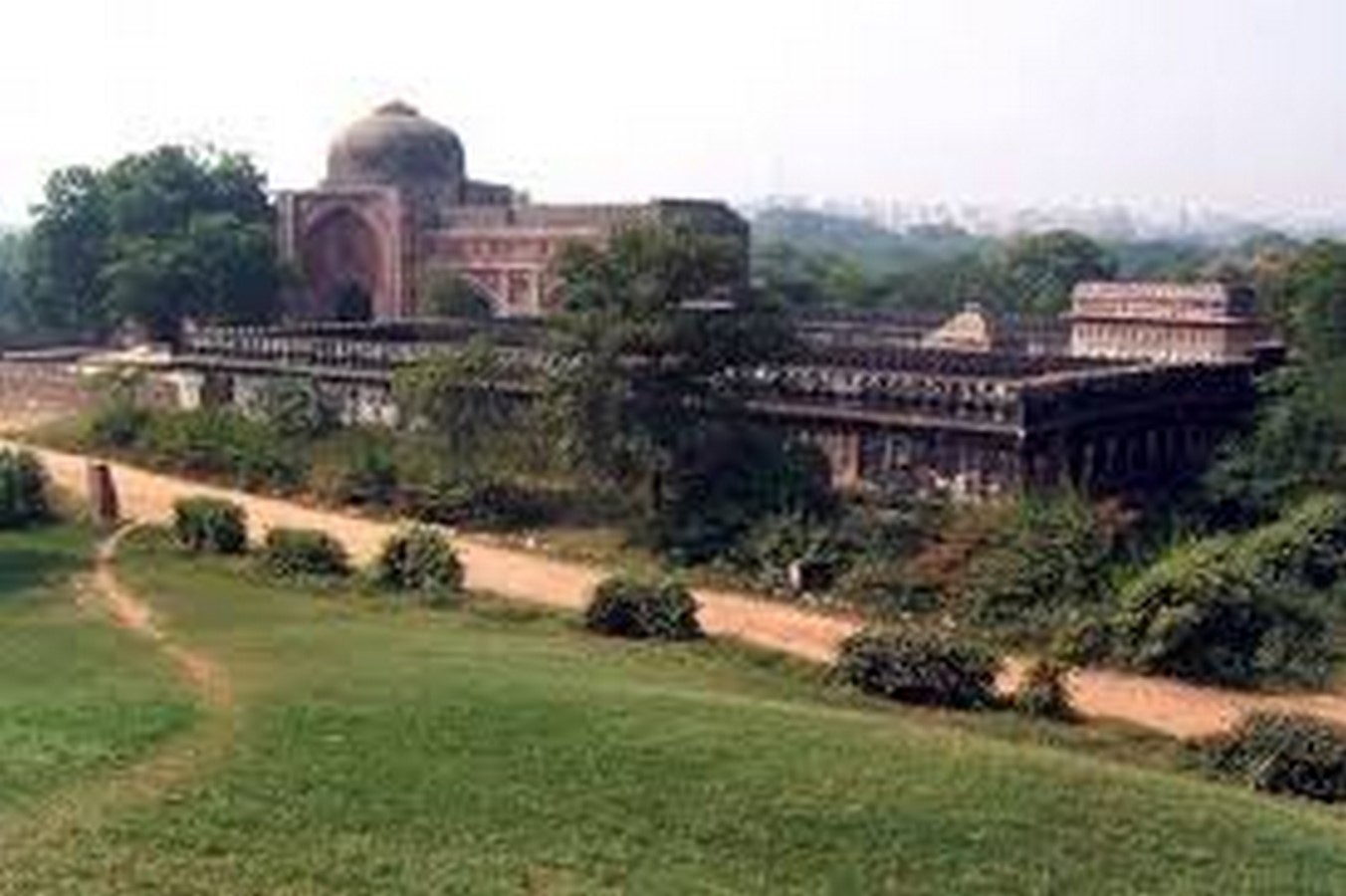
2. Qutub Minar, New Delhi
Qutub Minar was created in order to celebrate Muslim dominance in Delhi, as it was created post the victory of Aibak over Rajput rulers. The construction of Qutub Minar was started in 1199. The minar is 72.5 m high, 14.3 m in diameter at the base and 2.7m in diameter at top. There are a total of 379 steps in the minar from top to bottom. The exterior walls of the minar display carvings which reveal the history of construction. The intricate carvings have an Afghani style pattern and are blended with local artistic conventions. The primary material used for construction in the first three floors is red sandstone. The material of construction used beyond this was marble and sandstone. A balcony is projected after every 5 floors. The cylindrical shafts also have inscriptions from the Quran.
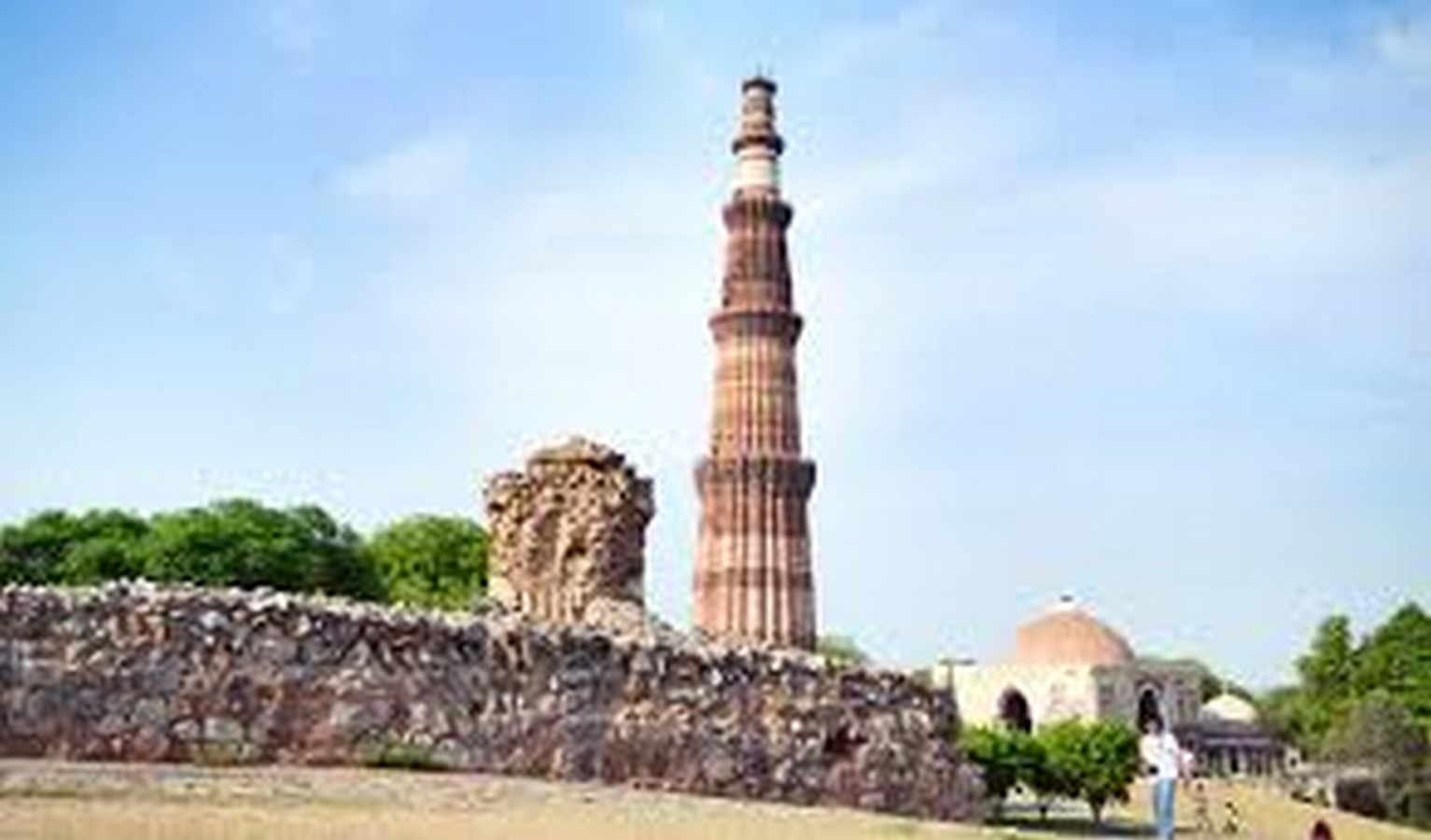
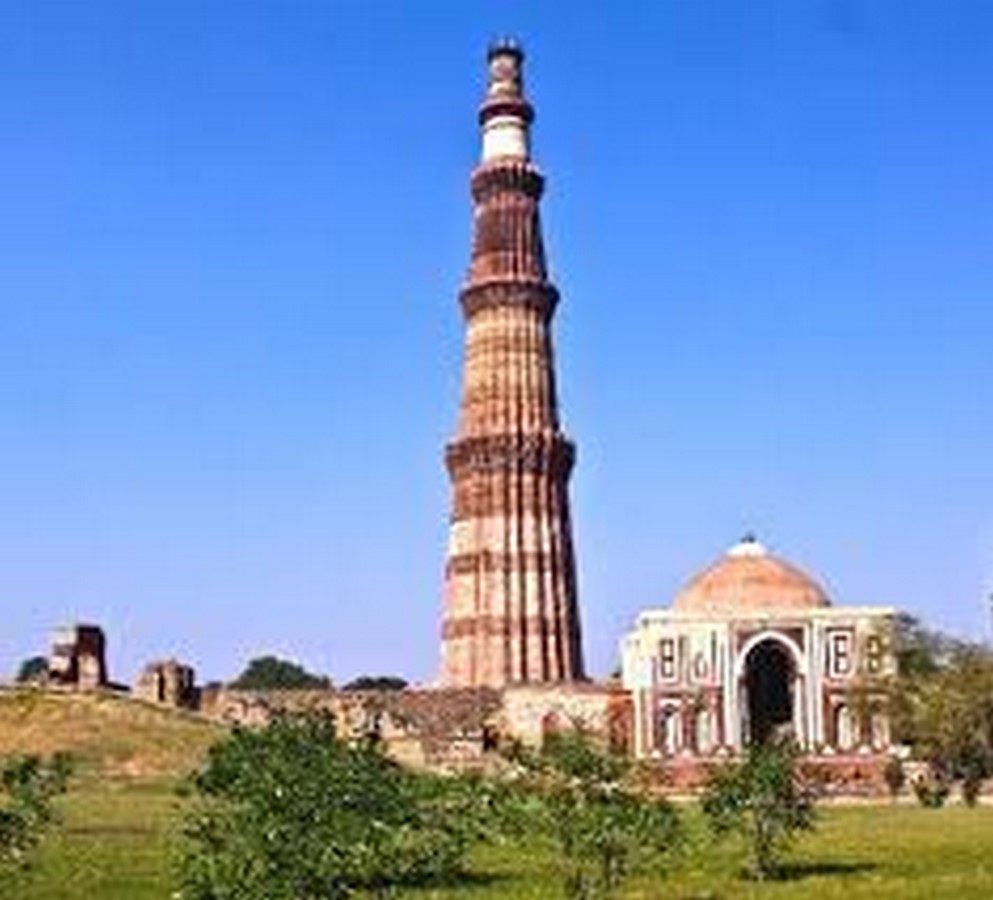
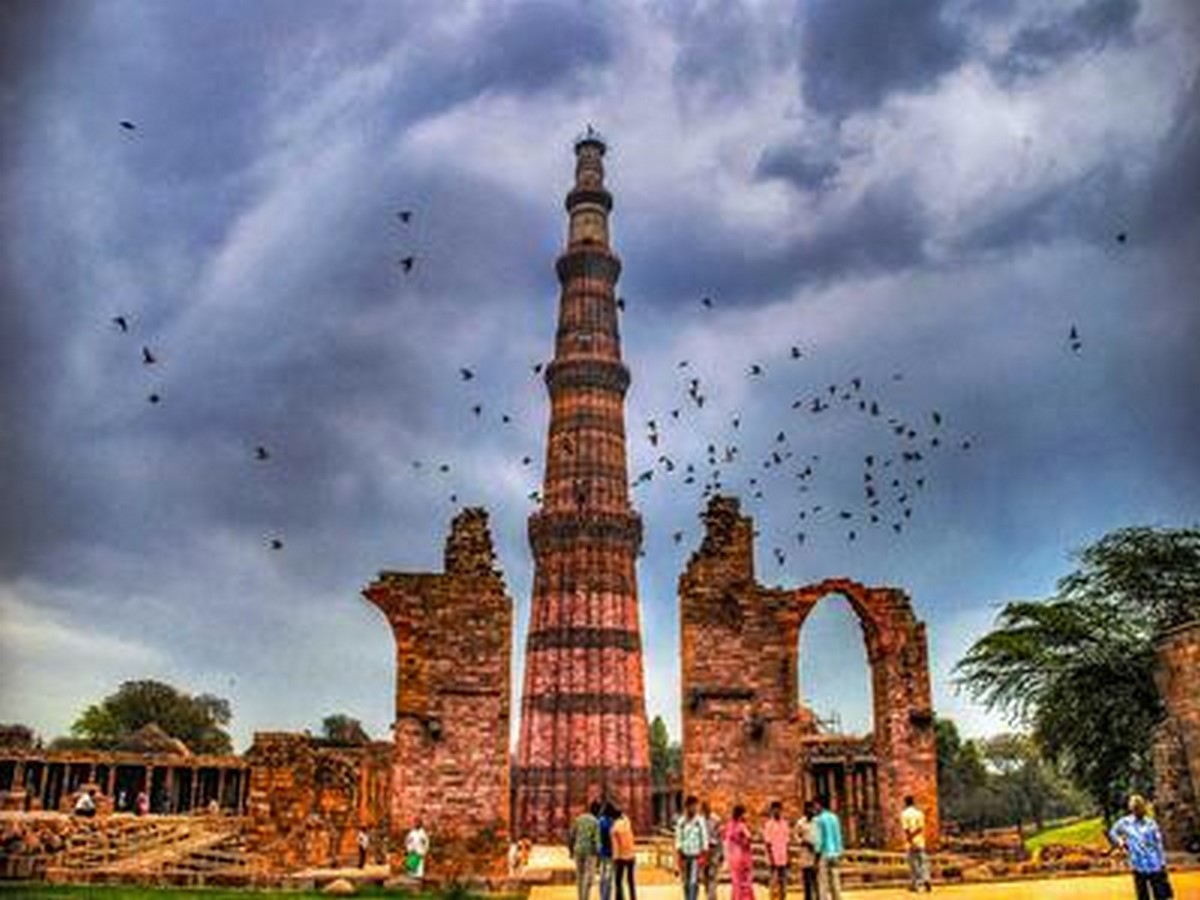
3. CharMinar, Hyderabad | Indian Structures
Charminar is a grand structure which is famous for its architectural style. Bangle Bazaar which is present on either side of the monument.
It was constructed in 1591 by Mohommed Quli Qutub Shah to mark an end of plague in the city. The structure was greatly inspired by Arc de Triomphe. The Charminar got its name from the four minarets and are 48.7 metres in height. The landscape is visible from the minarets. The monument is a two storied building and the minarets have four stories and each side has a ring around the minaret. The building is square shaped and has four arches facing the four main directions, each side is open to huge courtyards. The arches have a width of 11 metres and a height of 20 metres from the base. The minar displays Indo-Saracenic architecture that is a mixture of both Islamic and Hindu architecture. The arches and domes have been inspired from the Islamic architecture and the ornamentation has been influenced by Hindu architecture.
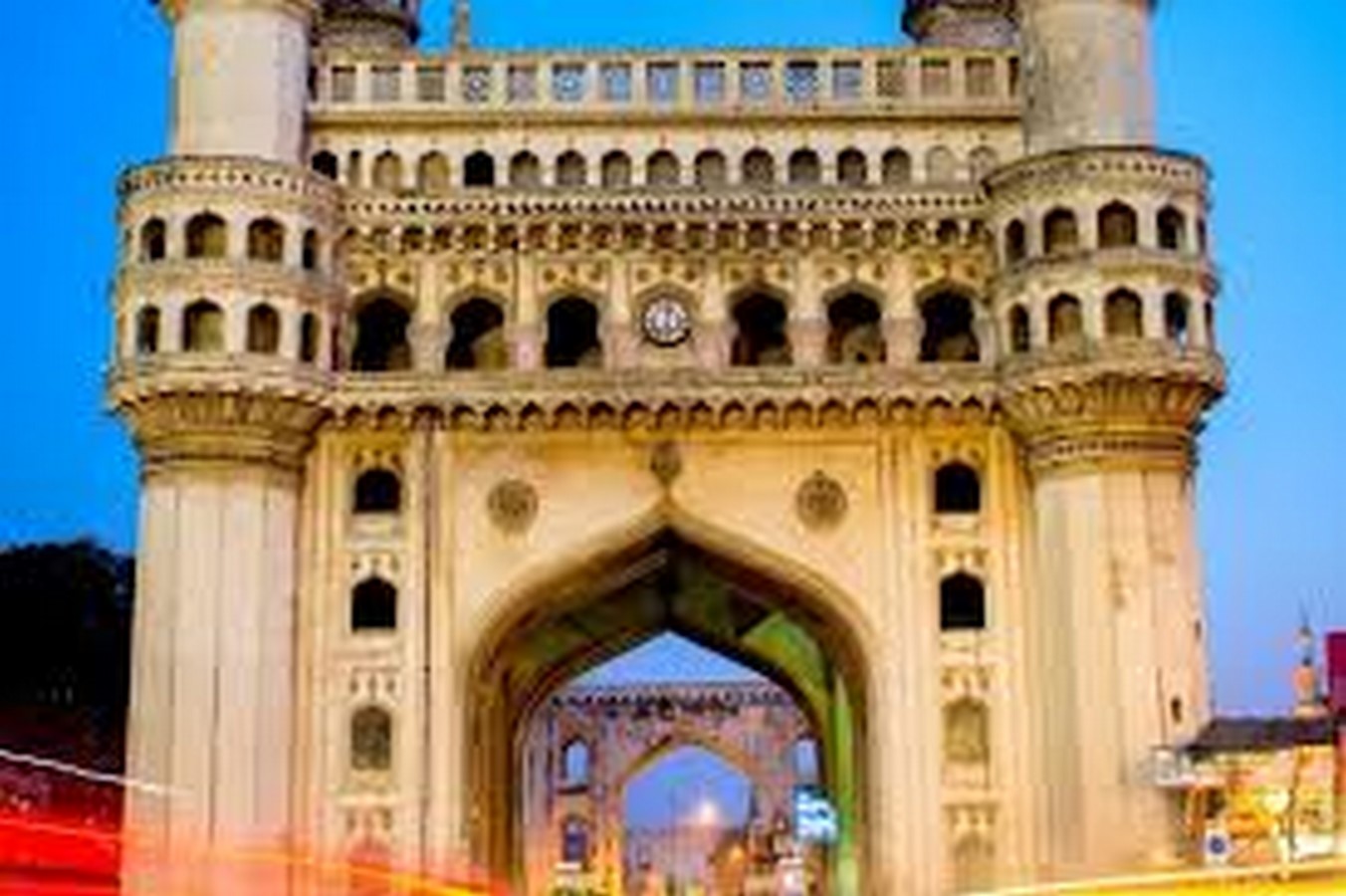
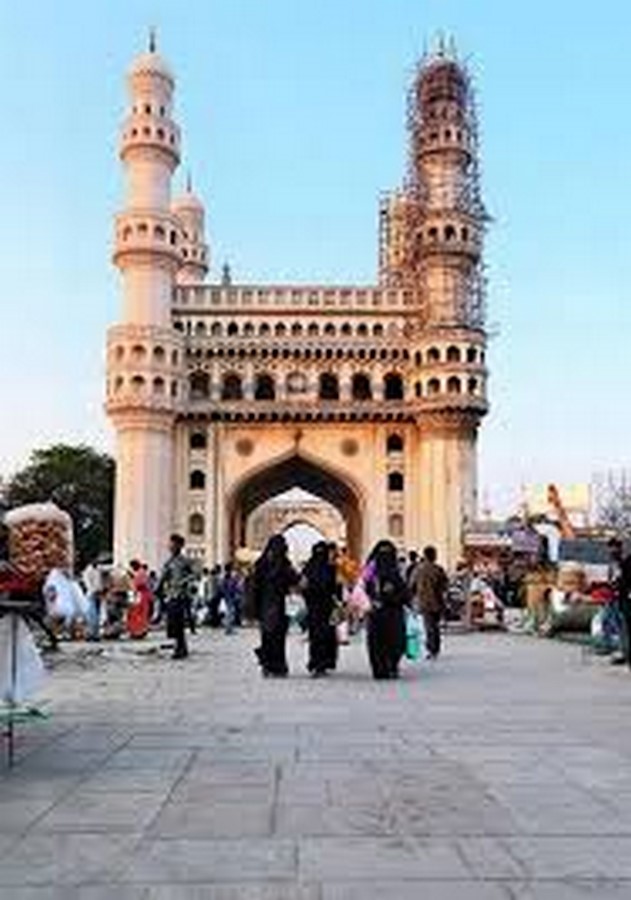
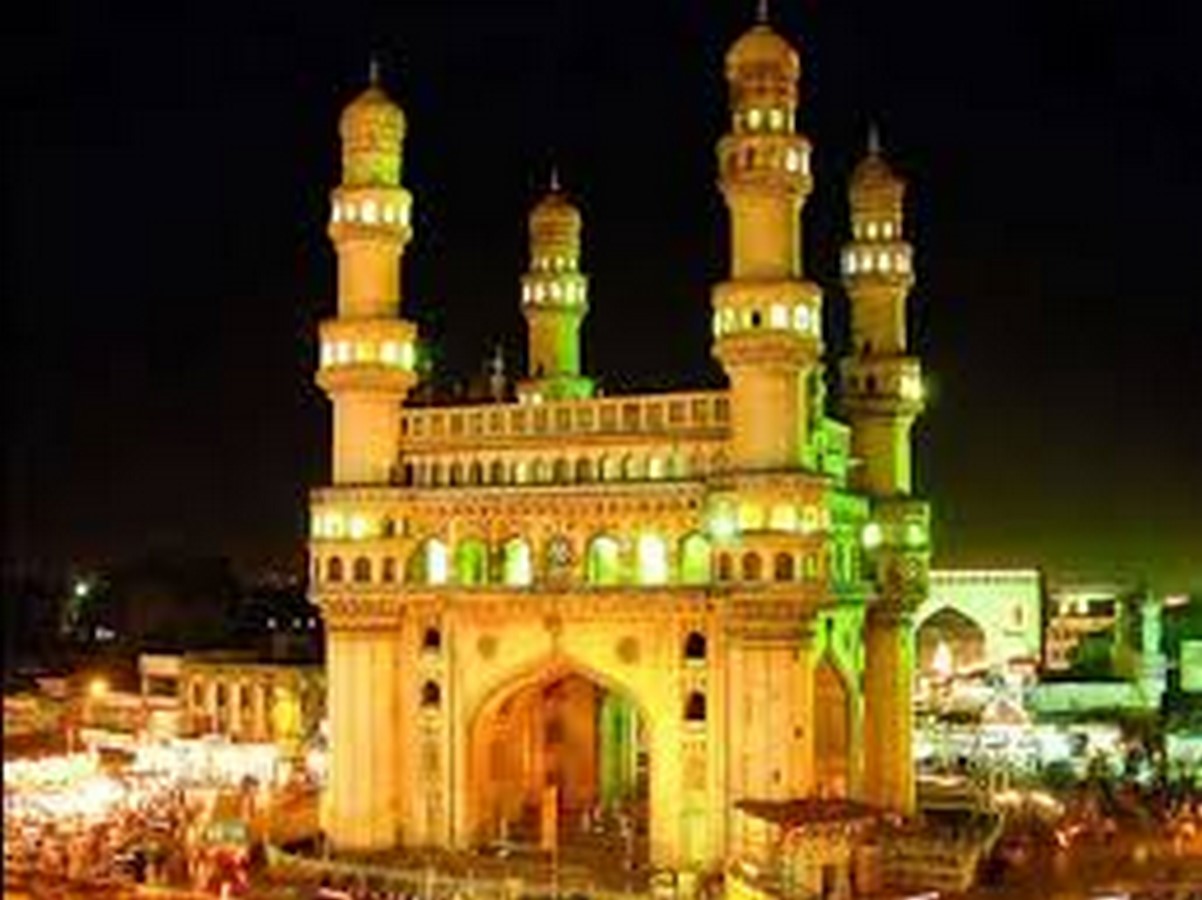
4. Gol Ghumbaz, Bijapur, Karnataka
Gol Ghumbaz is a monument which was built to mark the tomb of Mohammed Adil Shah. The tomb measures 47.5 metres on each side and is capped by a dome measuring 44 mm on the external diameter. The tomb uses materials like dark grey basalt and the façade is decorated with plaster. The structure was created 2 kilometers away from capital city of Adil Shah’s rule ie. Bijapur. The tomb is a single chamber structure. The structure is inhabited in a complex consisting of the other structures like dharamshala, mosques and other buildings. Gardens were also present in the complex. The style of architecture displayed in the building is Deccan Indo-Islamic which is a mix of Dravidian and Indo-Islamic style of architecture.
The cubical tomb has a dome on top which is fitted on a 600 feet podium. The dome is the second largest one in the world. The staircases in the walls of the building lead to a seven-story octagonal tower at each corner of the cube. Each story has seven arched windows which are capped by smaller domes. Another unique feature of the building is the pendentives which are groined compartments used to counteract the outer thrust of the dome. The foundation of the tomb is constructed on the bedrock which is presumed to prevent any unequal settlement.
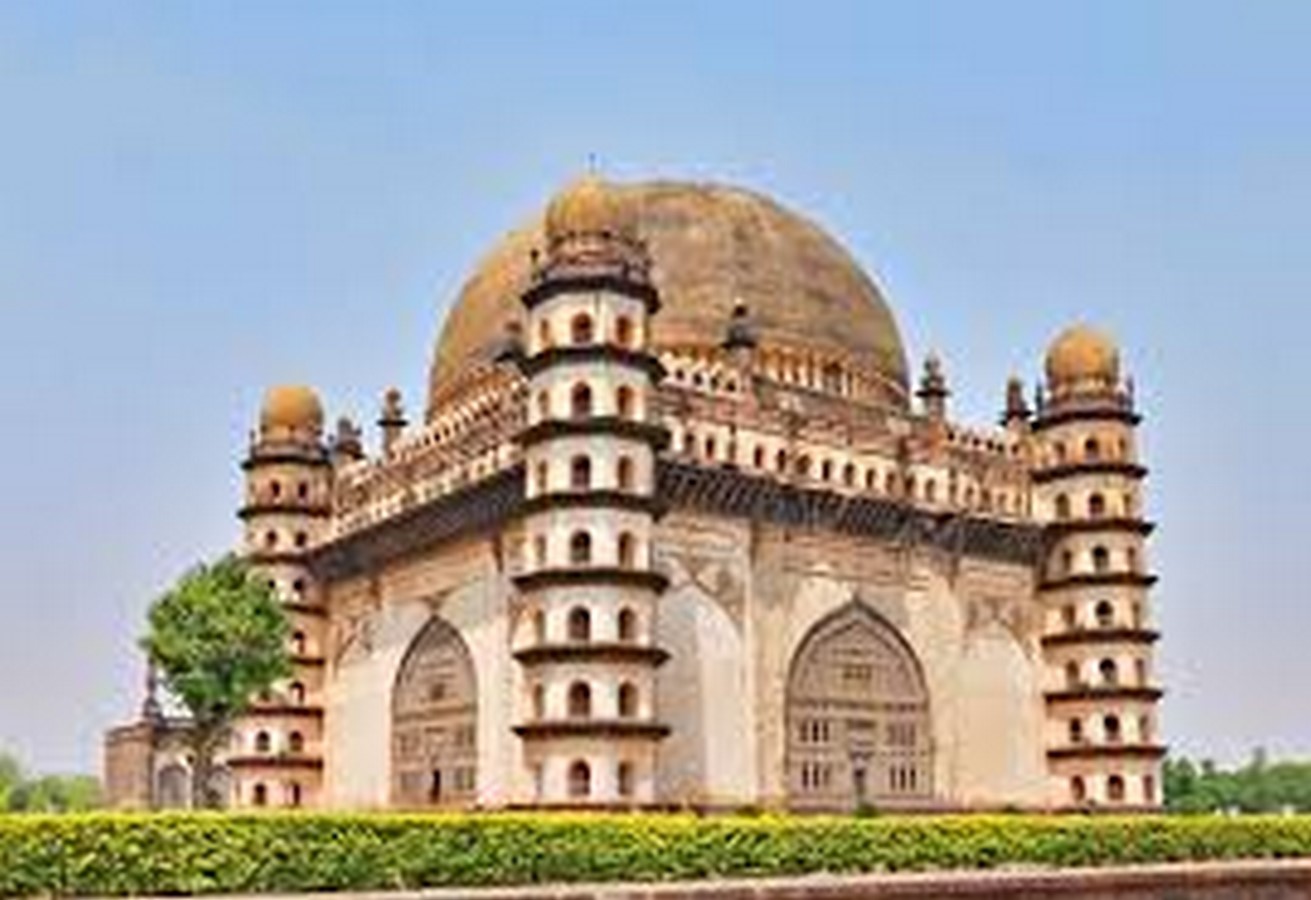
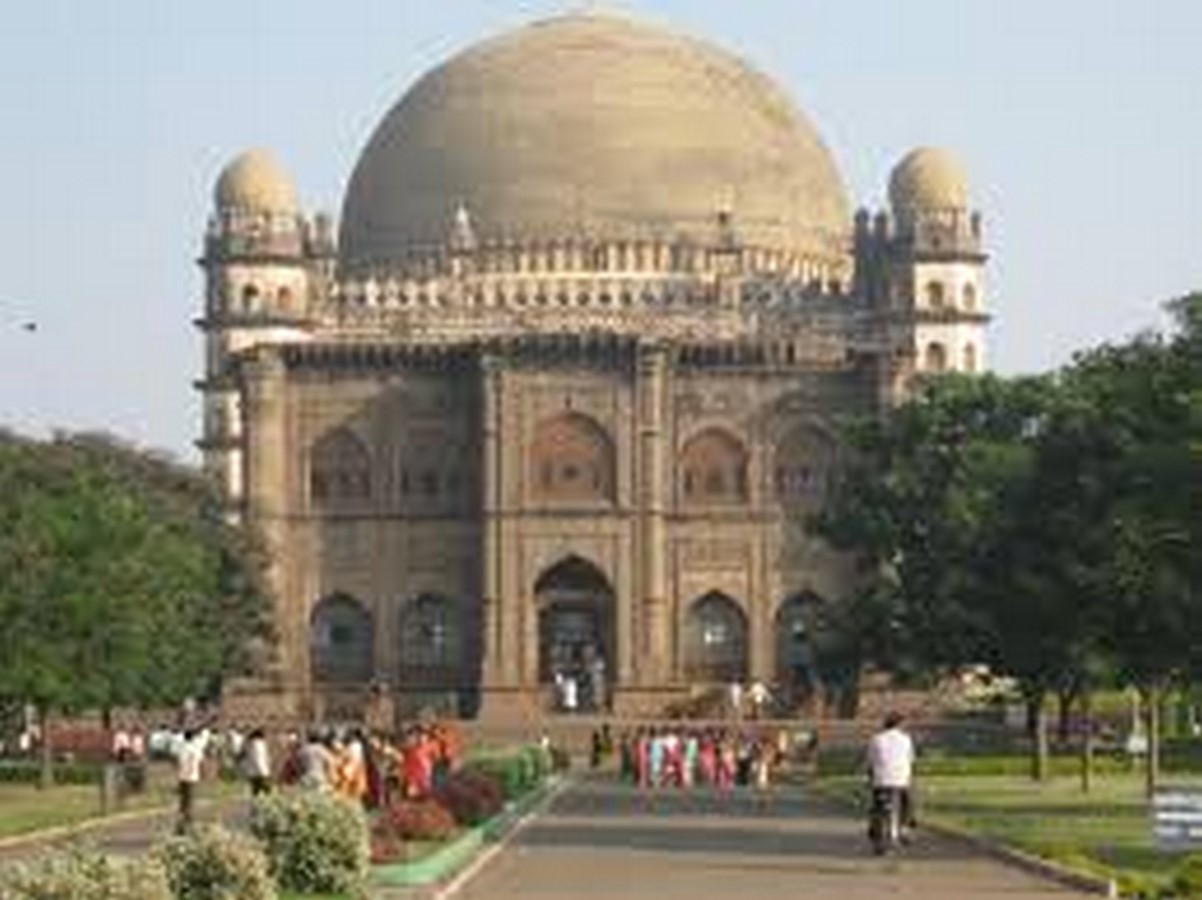
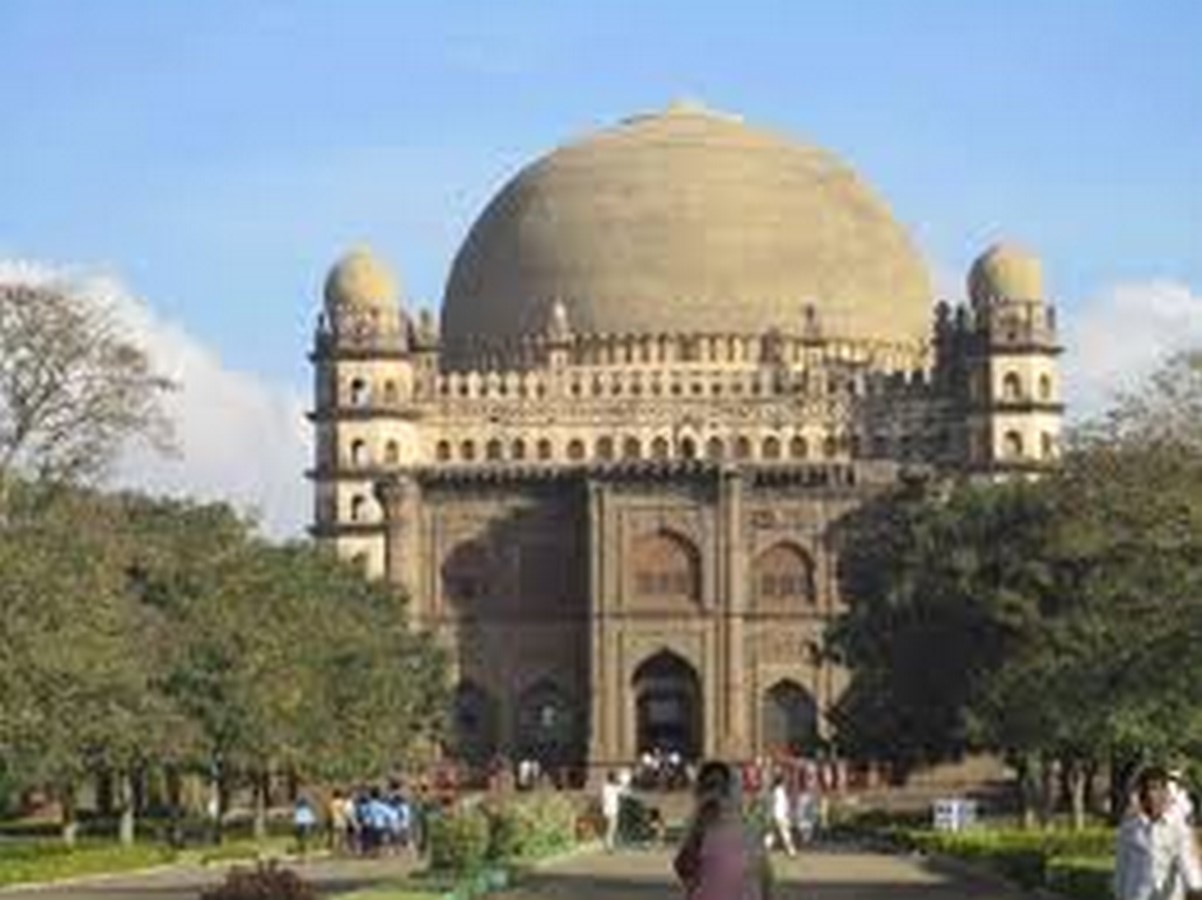
5. Khanqah-E-Maula, Srinagar, Kashmir | Indian Structures
The shrine is located on the banks of river Jhelum and is considered one of the oldest Muslim shrines. The shrine was built by Sultan Sikander and was built in 1395 and later reconstructed in the year 1732. Wood is the main material used in the building and the architecture is inspired by Buddhist, Hindu and Islamic styles of architecture. The plan of the shrine is in the shape of a square erected on an irregular walled base. The shrine is a two tiered structure with sloping pyramidal roof which demarcates each tier. The roof is further accentuated by heavy woodwork adorned by cornices under the eaves.
The first tier of the roof features a double arcaded verandah that runs around the building. The second tier of the roof is topped by an open pavilion for the muezzin which is further crowned by a pyramidical spire. Few parts of the roof are covered with seasonal vegetation which creates a unique sight of intricate woodwork and terrace flowerbeds
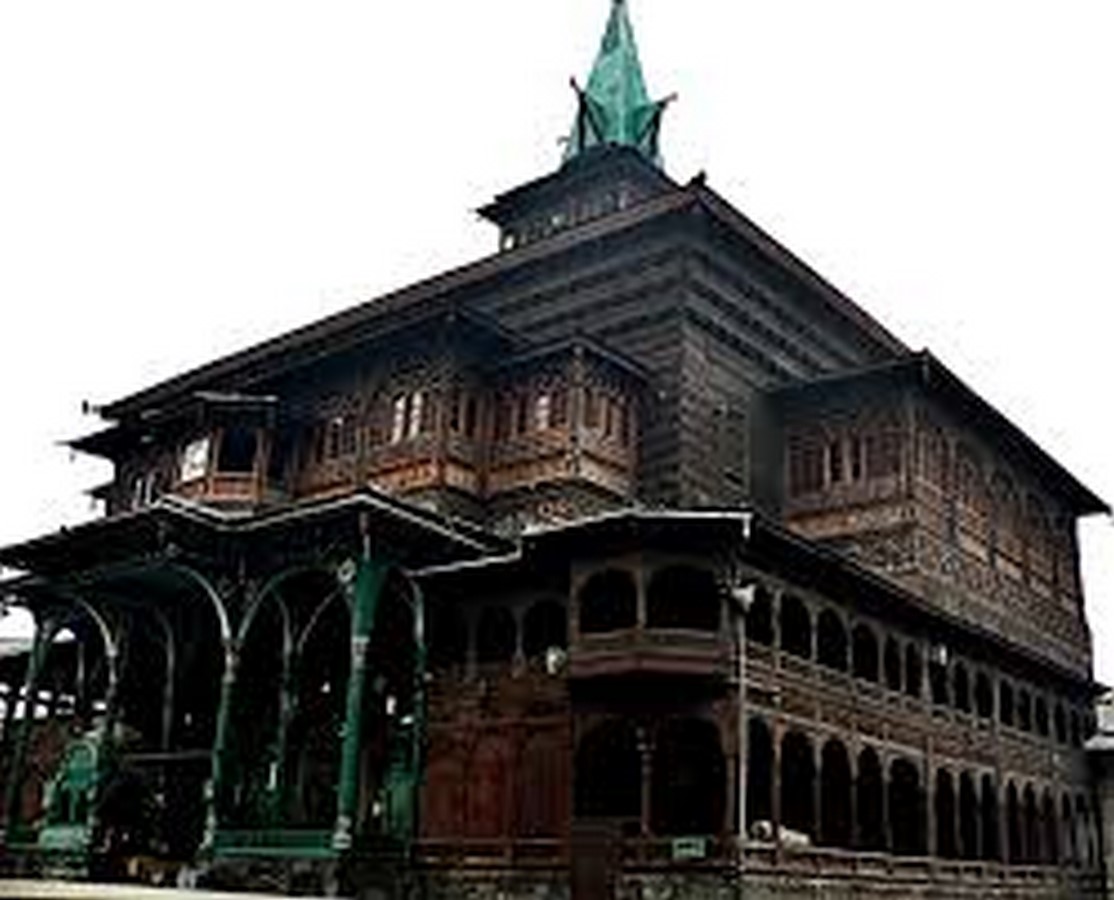
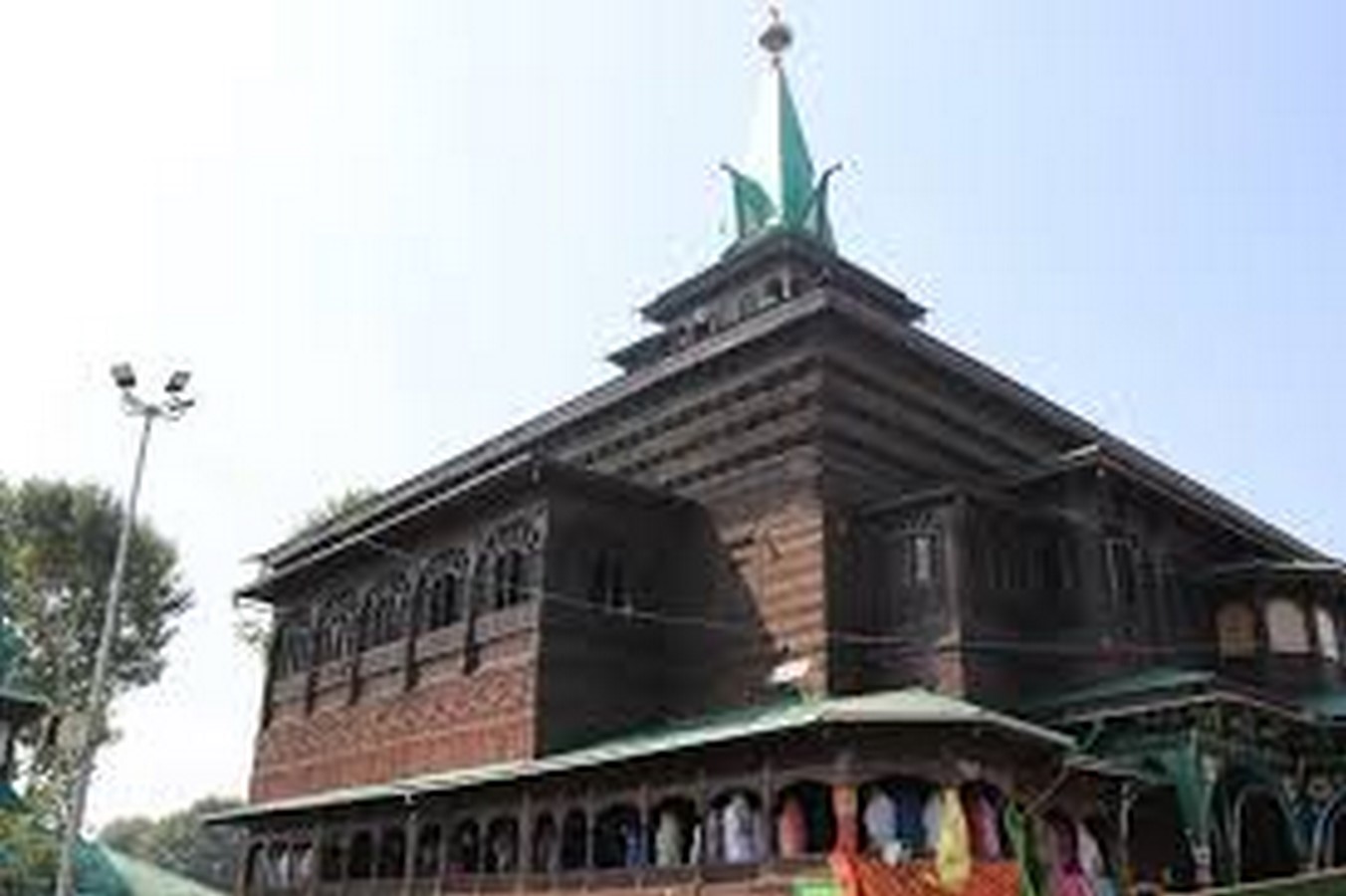
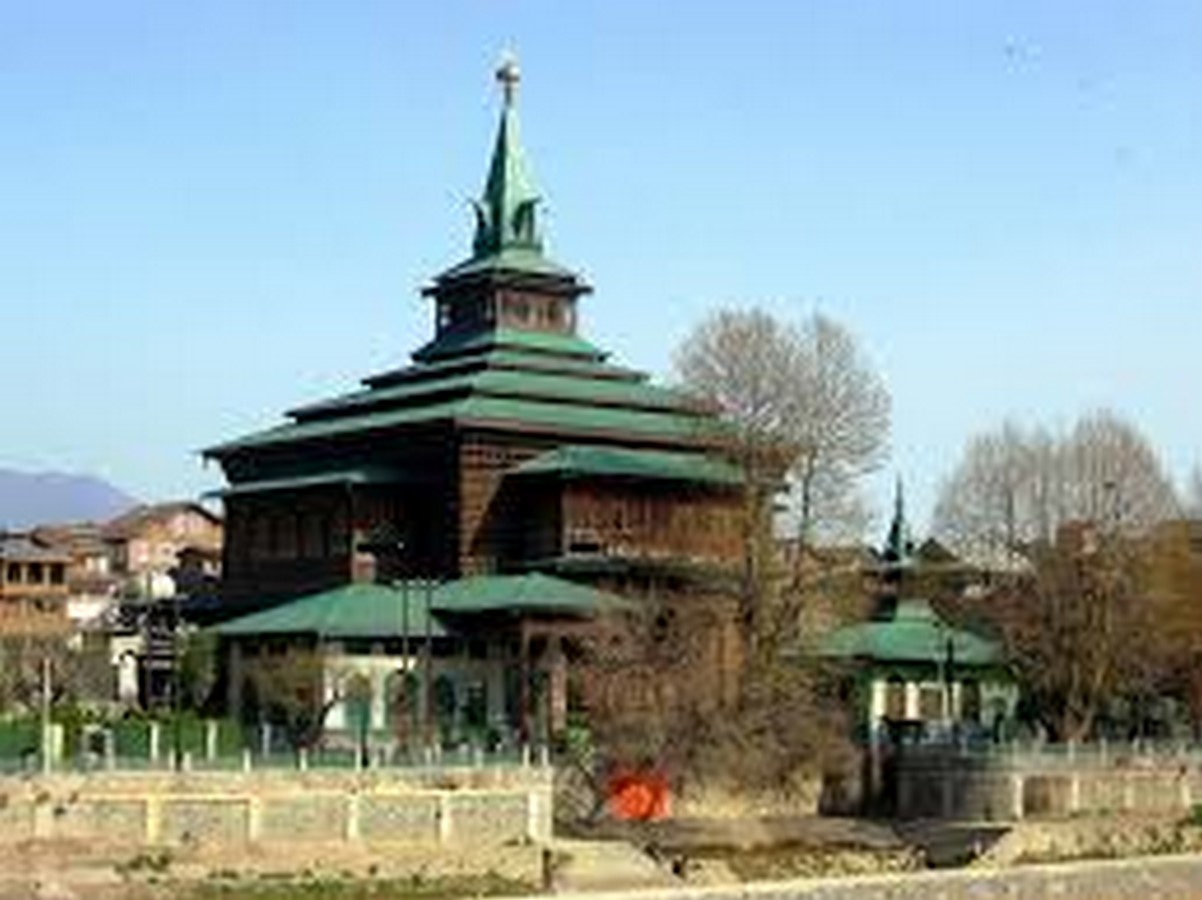
6. Taj Mahal, Agra
Taj Mahal is a mausoleum which was built between the year 1631 and 1648. The mausoleum was built by the Mughal emperor Shah Jahan on the banks of river Yamuna. Taj Mahal displays the Indo-Islamic architecture and displays a rhythmic combination of solids and voids. The play of light and shadow, concave and convex combinations is also reflected in the building. The tomb is placed at one end of the quadripartite Mughal Garden. The tomb is placed on a raised square platform with four sides of the octagonal base of the minarets extended beyond the squares. The ground plan displays balance.
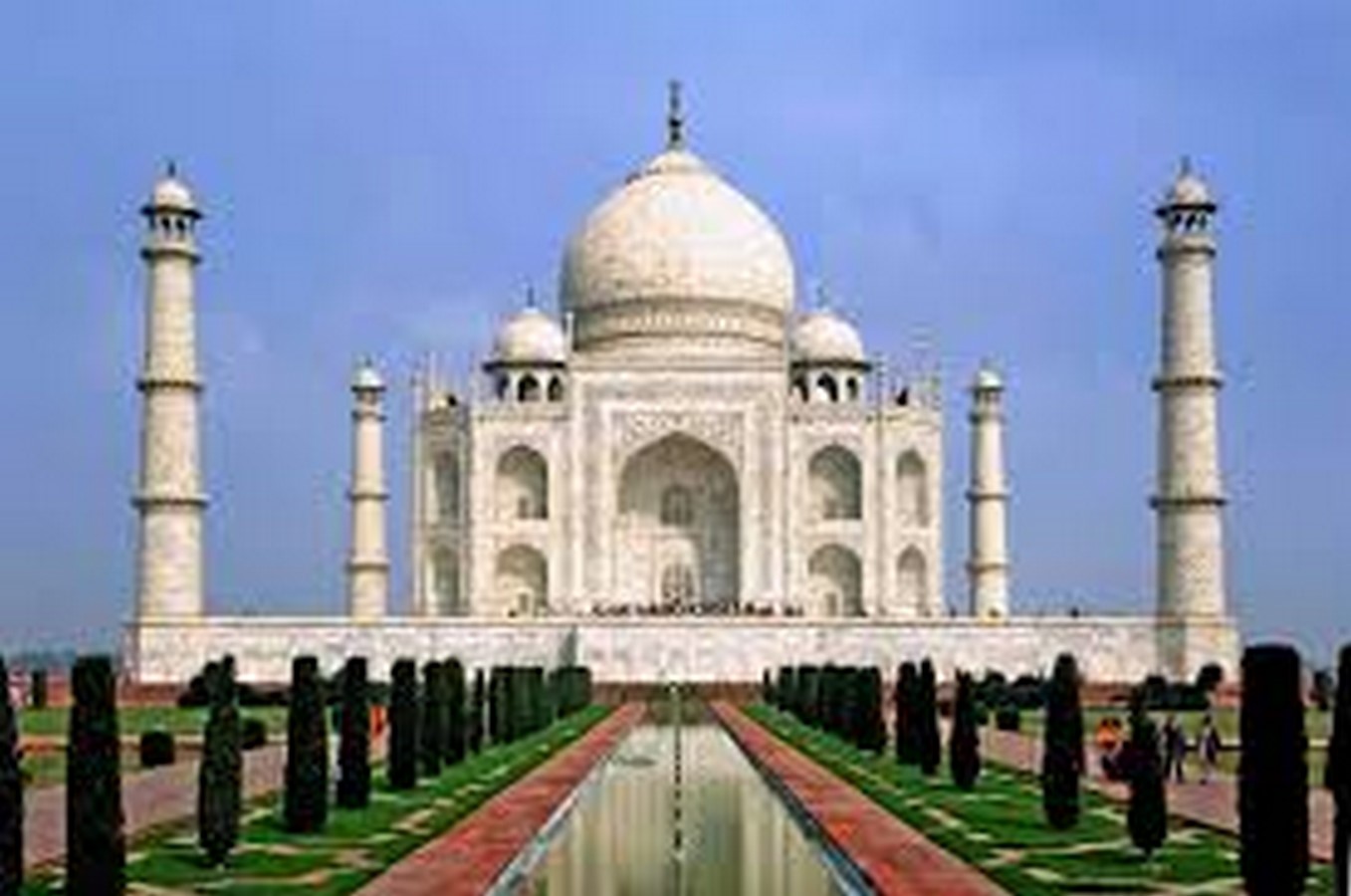
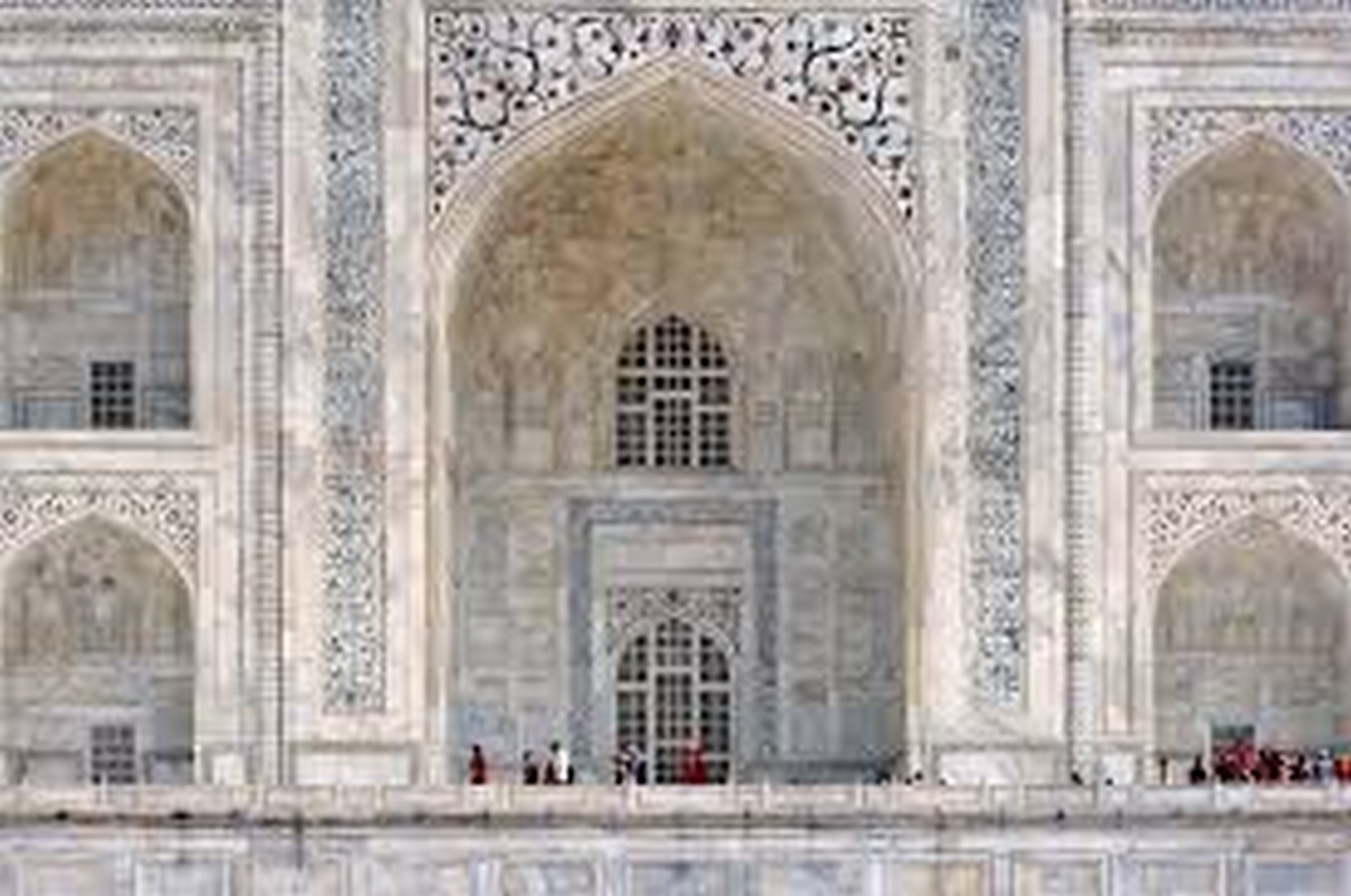
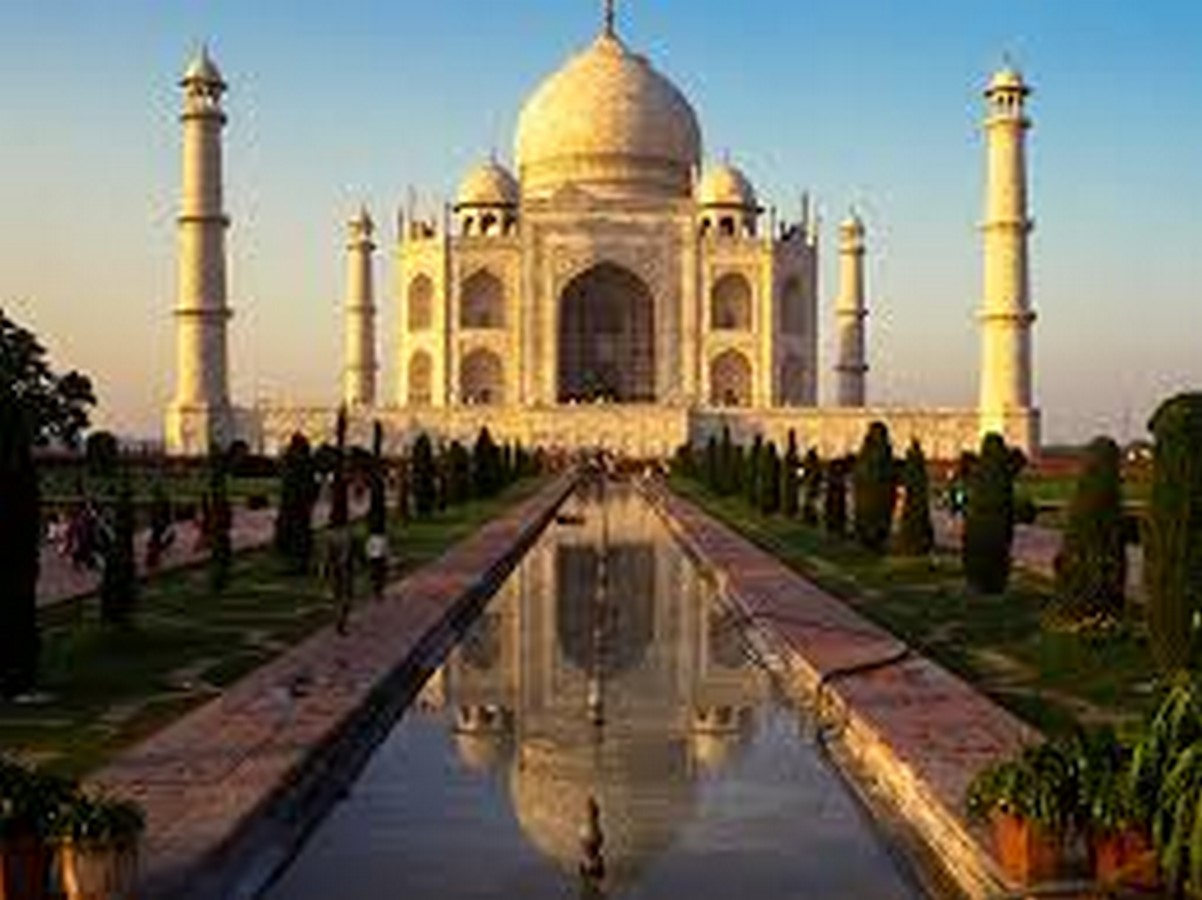
7. Agra Fort, Agra
Agra fort also known as Red fort is located on the banks of river Yamuna. The fort was named so because of the use of red sandstone. The fort was established by Akbar, the Mughal emperor. It has a capacity of serving as a military base and a royal residence. It served as a seat of government when the Mughal capital was Agra. It is a crescent shaped structure for about 1.5 miles and 70 feet high and is surrounded by a moat. The fort is accessed from two sides; the Amar Singh Gate ( facing south) and Delhi Gate (facing west) which is the original entrance of the fort. Delhi Gate is decorated with intricate marble inlays.
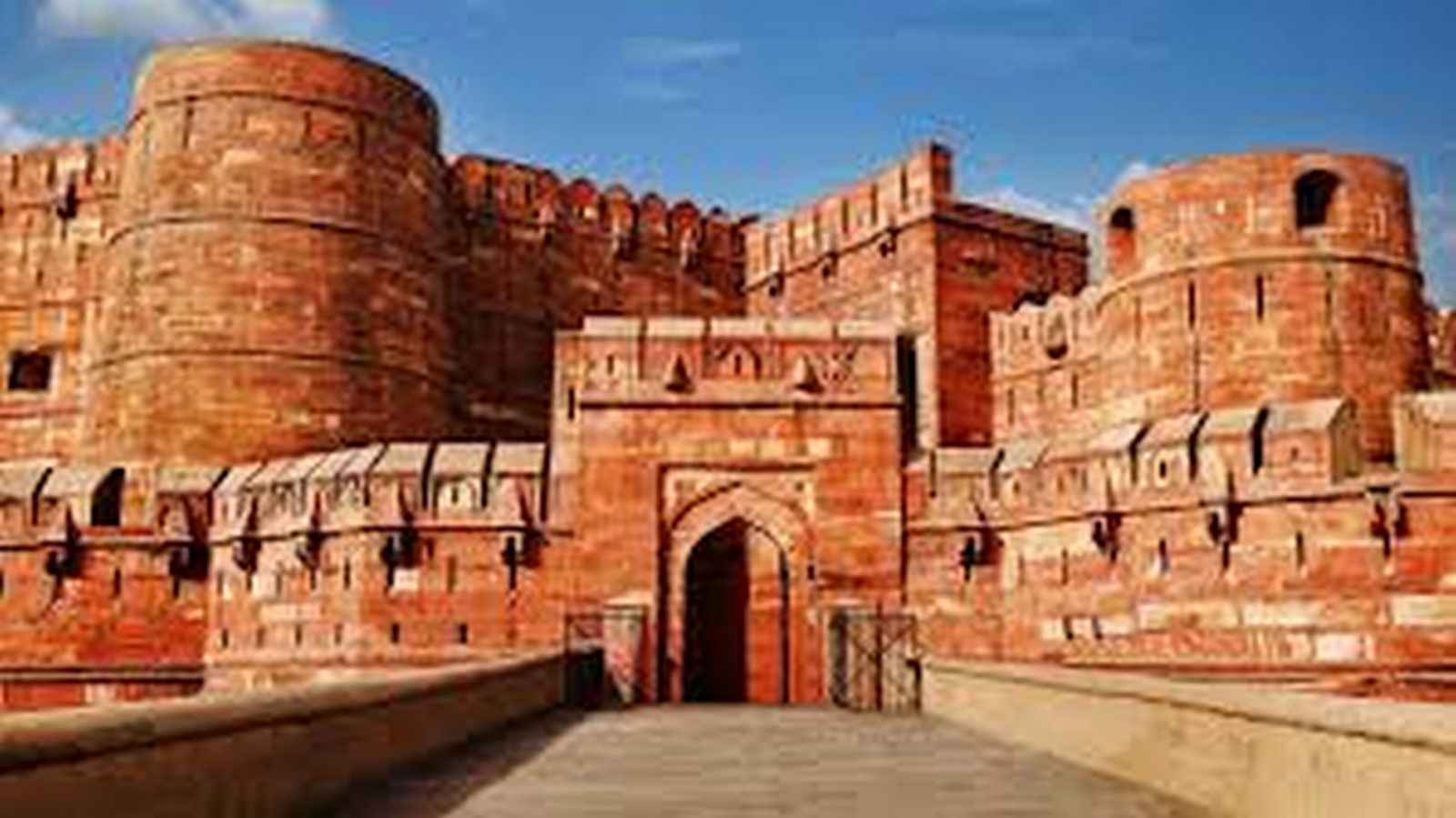
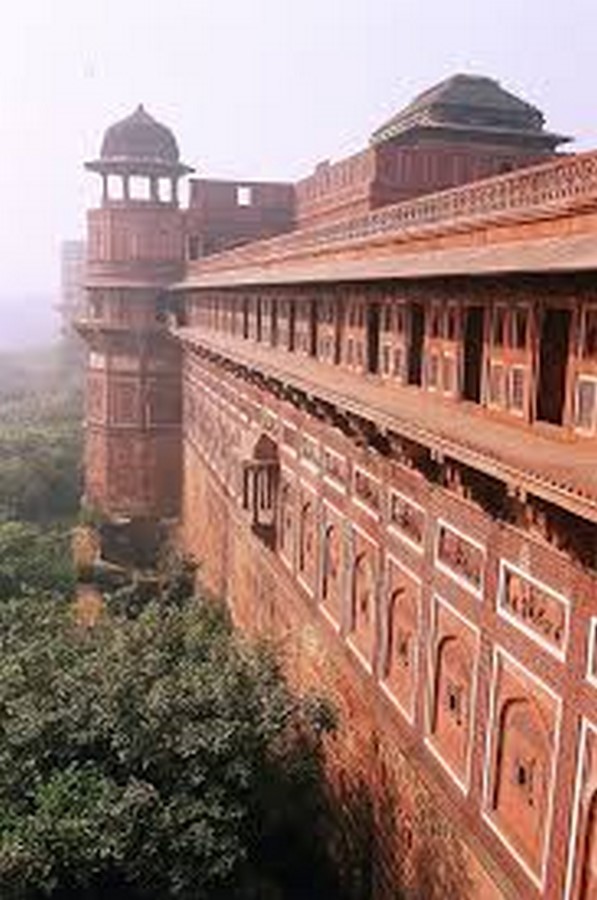

8. Jama Masjid, Delhi
Jama Masjid was constructed between 1650-1656. The masjid is Delhi’s principal mosque. The Masjid is located in Old Delhi. Red sandstone and white marble were the primary construction material. Jama Masjid is oriented towards the holy city Mecca. An open courtyard is present in the Masjid measuring 325 feet square. This courtyard can accommodate 25,000 people. The eastern gateway was reserved for royal use. Two 130 foot minarets mark the northeast and southeast corners of the buildings. The prayer hall is an interior space which is 90x 200 feet in measurements. Above the prayer hall’s entrance calligraphic inscriptions in Persian. There are three larger marble domes.
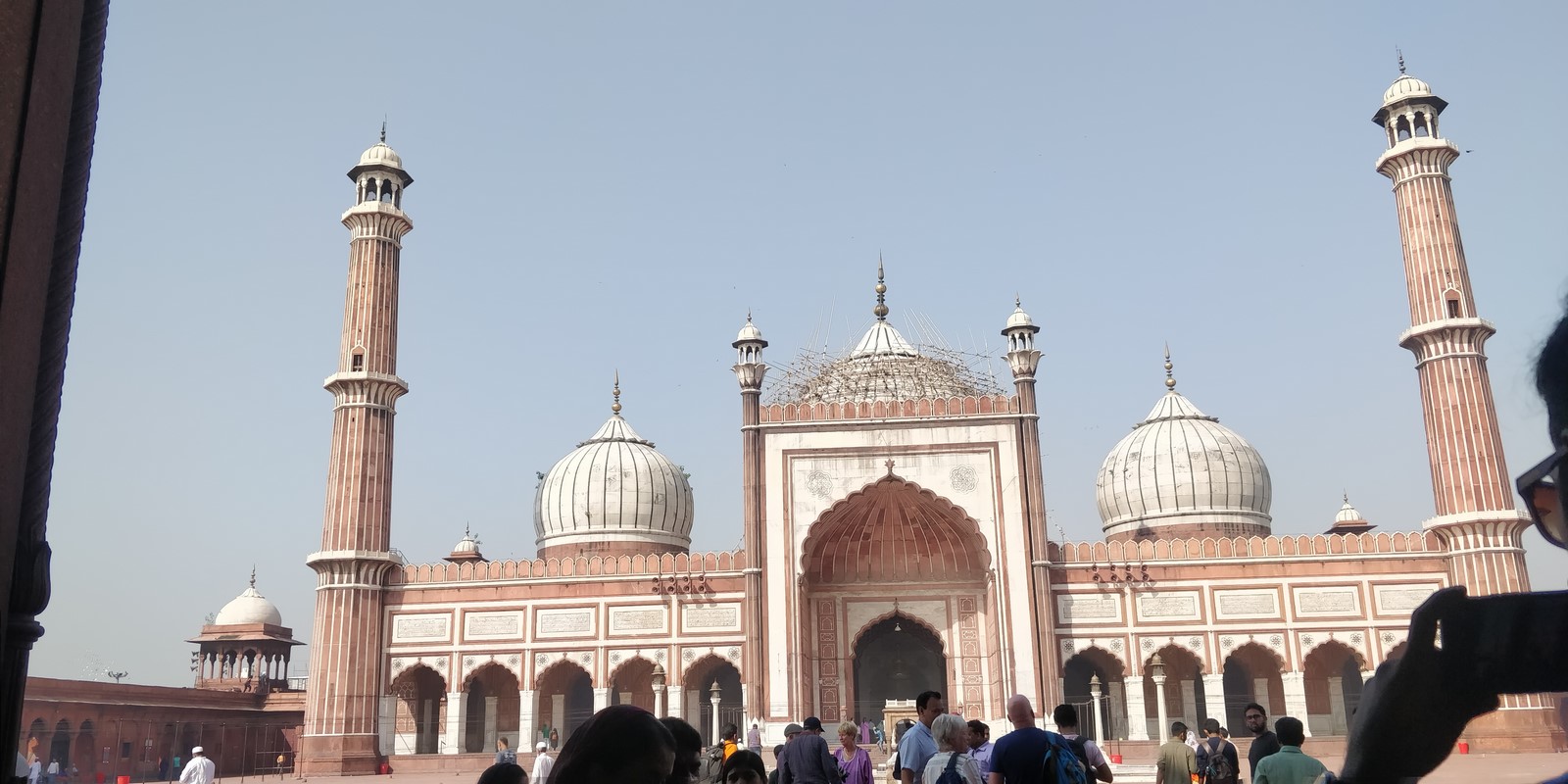
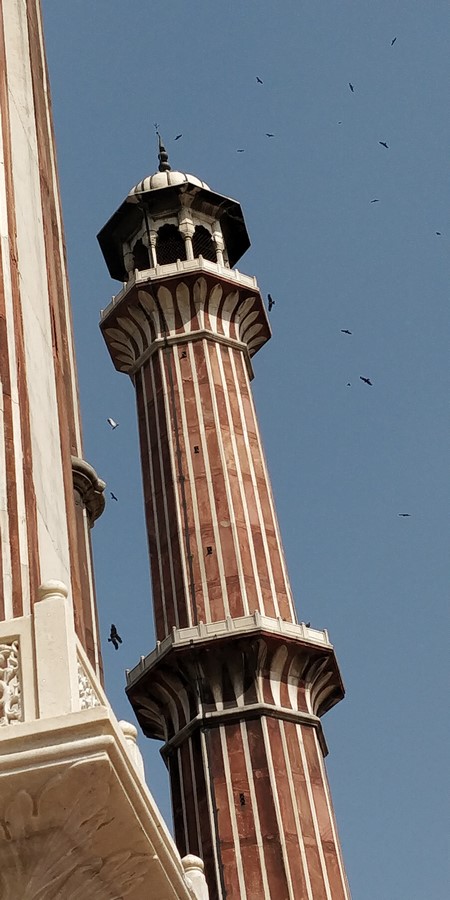
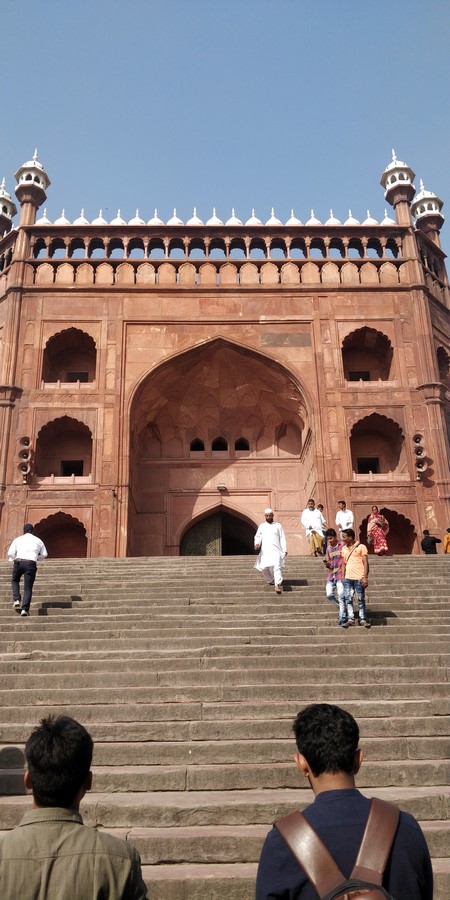
9. Mecca Masjid, Hyderabad
Mecca Masjid is one of the largest mosques in Hyderabad. Granite and bricks are used as materials for construction. The gateway was erected which leads to the entrance of the court has15 arches which are intricately designed and support the roof of the main hall. Inside the mosque, there are 5 passageways and tombs of the rulers of the Asaf Jahi dynasty.
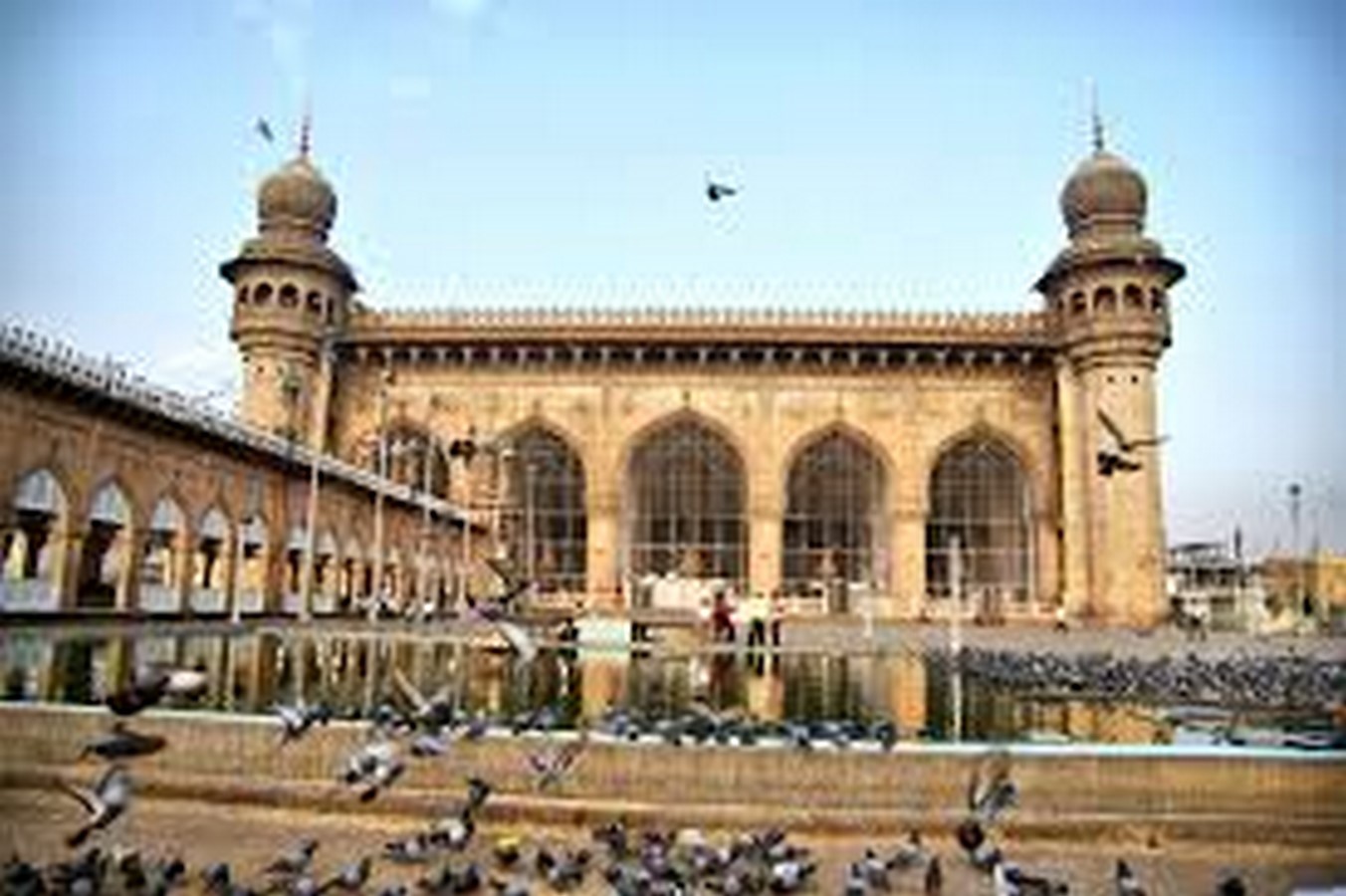
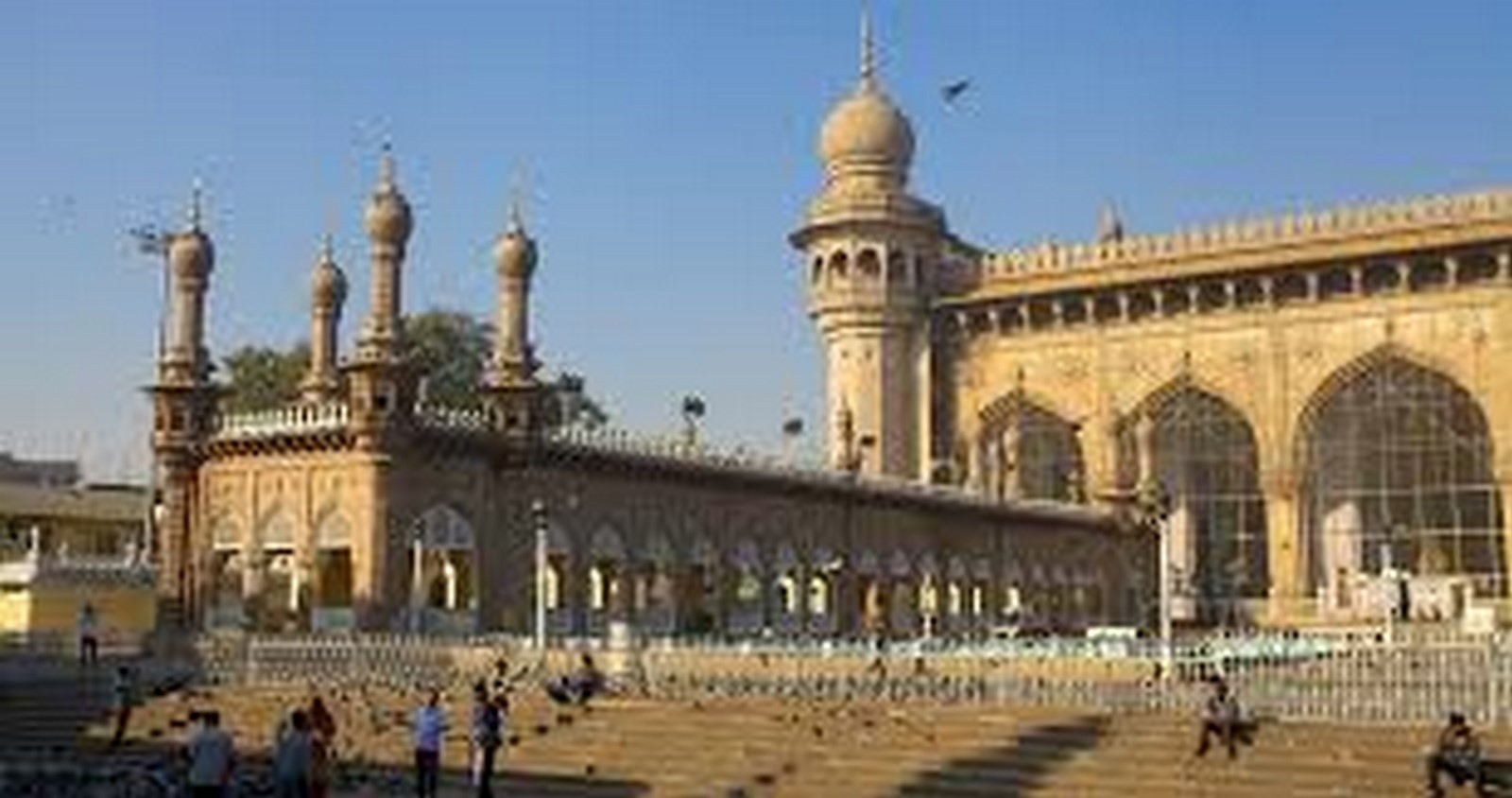
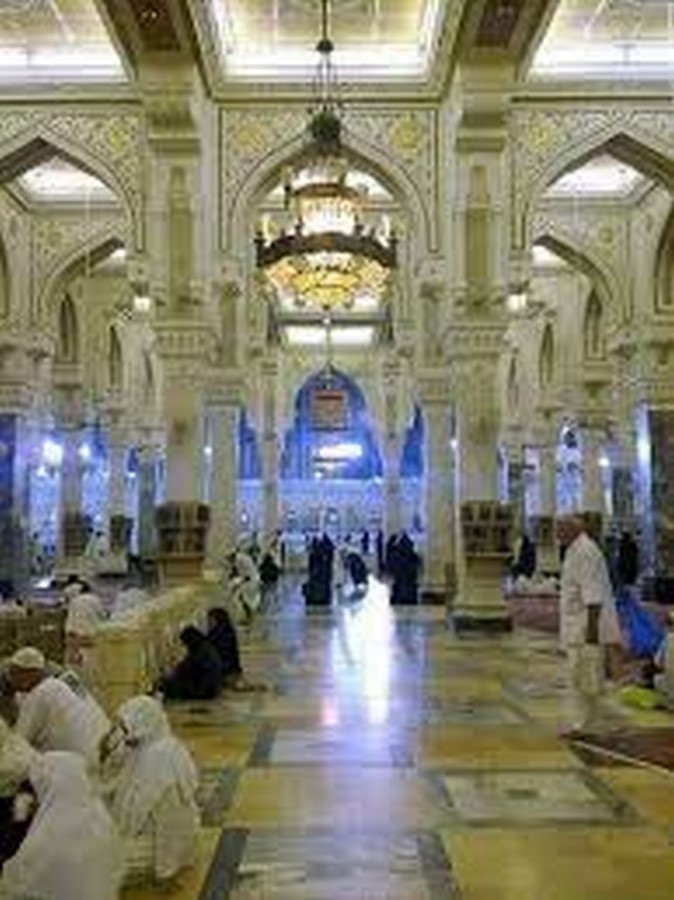
10. Adhai din ka Jhonpra, Ajmer | Indian Structures
Adhai din ka Jhonpra is a mosque in Ajmer and is one of the oldest mosques in India. The mosque was constructed on the remains of Sanskrit College which was from the materials of destroyed Hindu and Jain temples. The architecture of the mosque is inspired by Islamic structure. The mosque has two entrance gates. and consists of 10 domes and 124 pillars with beautiful carvings. The carvings consist of floral design inspired by Arabic Architecture.
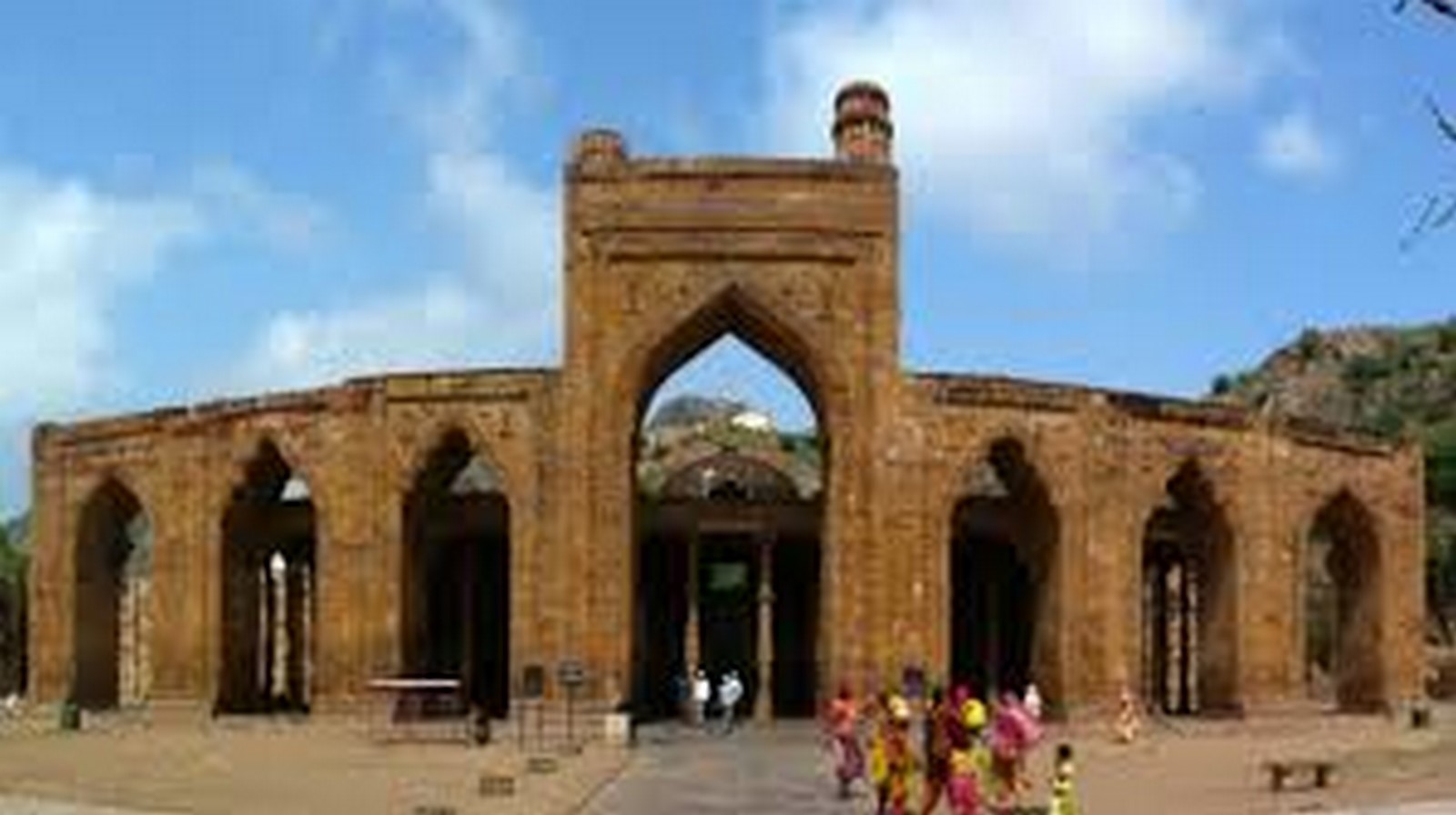
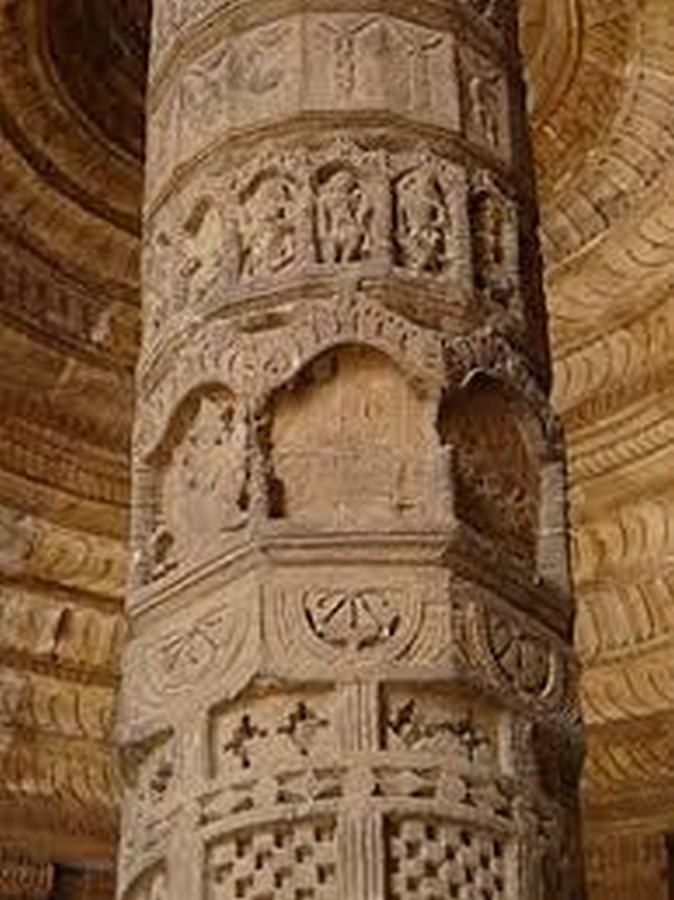
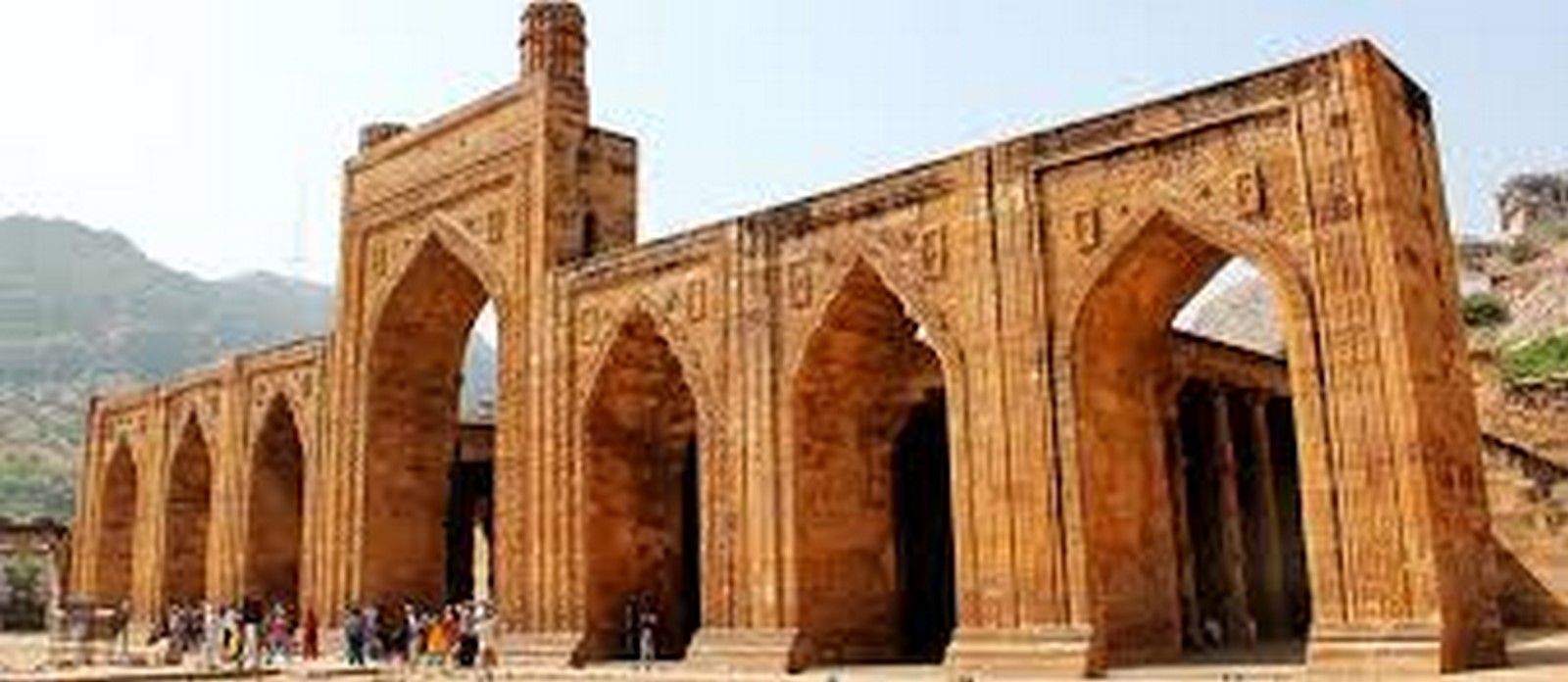
The Islamic architecture consists of Arabic, Mughal and Persian architecture styles. Indian structures display an amalgamation of different Islamic architectural styles. The elements were similar in the structures mentioned above.
Reference:-
www.jstor.org/stable/1025818
https://www.qutubminar.org/qutub-minar-architecture.aspx
https://www.hyderabad.org.uk/tourist-attractions/charminar.html
https://www.jktdc.co.in/khanqah-e-molla.aspx
https://www.culturalindia.net/monuments/gol-gumbad.html
https://whc.unesco.org/en/list/252/
https://www.britannica.com/topic/Agra-Fort
https://www.britannica.com/place/Jami-Masjid-mosque-Delhi-India
https://www.hyderabad.org.uk/worship-places/mecca-masjid.html
https://www.rajasthandirect.com/tourism/temples/adhai-din-ka-jhonpra
https://www.mappingmegan.com/qutub-minar-history-architecture-travel


